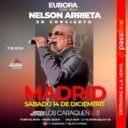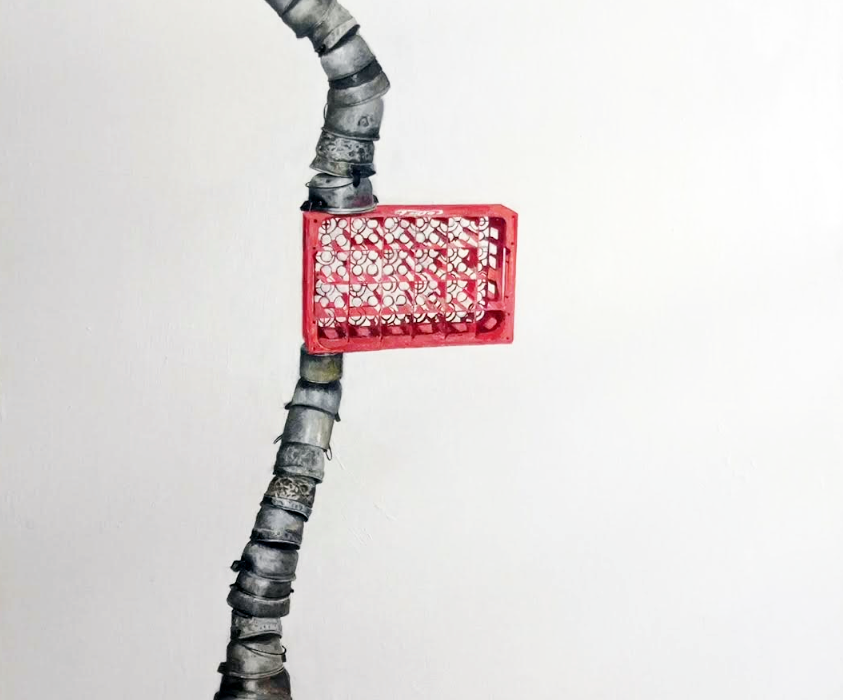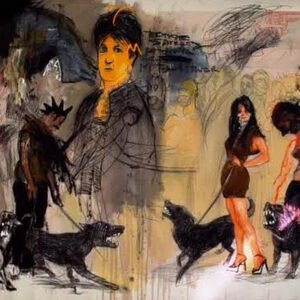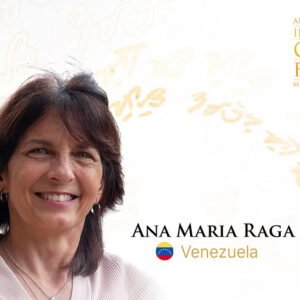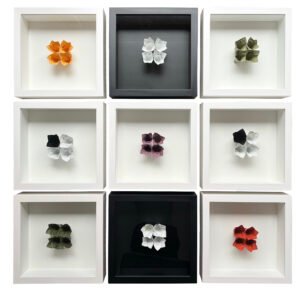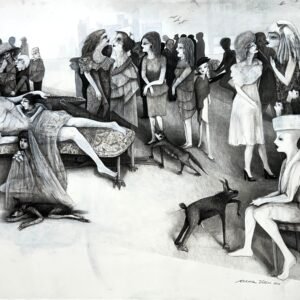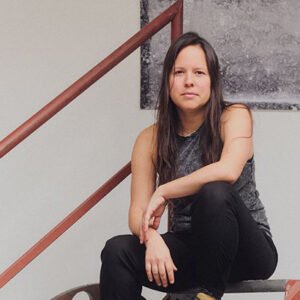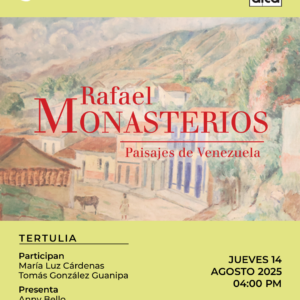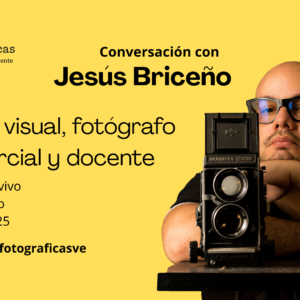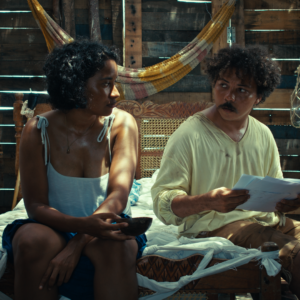Jürgens Portillo: La forma del vacío
En la obra de Jürgens Portillo, el tiempo no se mide: se acumula, se dobla, se oxida. A través de materiales humildes y estructuras precarias, el artista transforma el desgaste en lenguaje y el vacío en una forma de permanencia.
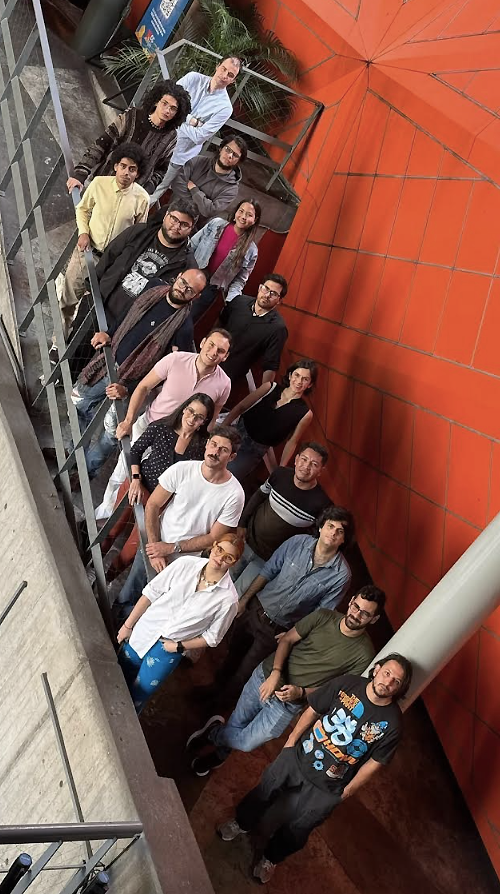
Con esta pieza, presentada en el Salón Jóvenes con FIA 2025 bajo el concepto de “Línea de tiempo”, donde obtuvo el tercer premio, Jürgens Portillo reitera una investigación sobre la materia como memoria y sobre la fragilidad como forma de permanencia.
“Línea de tiempo” proponía un recorrido por las múltiples maneras de transcurrir el tiempo. En esa temporalidad que erosiona y transforma, la obra de Portillo encuentra su tono, al mostrarnos el tiempo no como sucesión, sino como huella.
En esta obra, los objetos abandonan su utilidad para devenir en memoria material. Una torre frágil de cubos metálicos apilados, atravesada por una caja plástica roja, parece indagar en la anatomía de lo que se sostiene por inercia, de aquello que persiste, aunque haya perdido su propósito original.
No hay en ella gesto heroico ni afirmación grandilocuente, lo que se impone es la conciencia del desgaste. Cada segmento del tubo, cada herida en el metal, cada sombra sobre la superficie blanca, evocan un tiempo que se dobla, que se encorva bajo su propio peso. En lugar de erguirse, el asta se inclina, como si respondiera al llamado invisible de lo que ya no está.
La caja roja —contenedor sin contenido— introduce una tensión entre orden y abandono, entre el impulso de guardar y la imposibilidad de retener. Su geometría industrial contrasta con la organicidad irregular del tubo, creando una imagen que oscila entre escultura y pintura, entre objeto y signo.
Portillo trabaja desde la poética de lo residual. No trata de denunciar ni de ilustrar, sino de escuchar la voz muda de las cosas, de aquellas que el tiempo despoja de función, pero no de significado. En ese silencio de los materiales, el artista encuentra una forma de verdad en la belleza de lo que se inclina, lo que resiste, lo que todavía sostiene algo, aunque no sepamos exactamente qué.
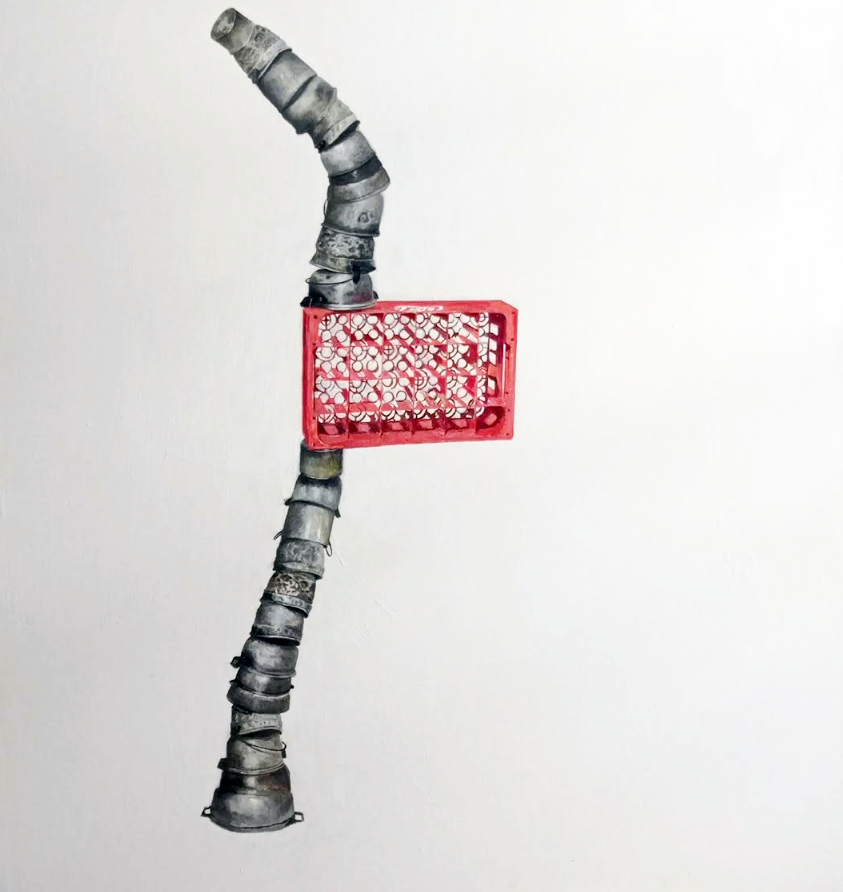
Jürgens Portillo: The Shape of Emptiness
In Jürgens Portillo’s work, time is not measured—it accumulates, bends, and rusts. Through humble materials and fragile structures, the artist transforms decay into language and emptiness into a form of permanence.
With this piece, presented at the Salón Jóvenes con FIA 2025 under the concept “Línea de tiempo” (“Timeline”), where he received the third prize, Jürgens Portillo continues his inquiry into matter as memory and fragility as a form of endurance.
“Línea de tiempo” proposed a journey through multiple ways of inhabiting time. Within that temporal space that both erodes and preserves, Portillo’s work finds its tone, by showing time not as succession, but as trace.
In this piece, objects abandon their utility to become material memory. A fragile tower of stacked metallic buckets, pierced by a red plastic container, seems to explore the anatomy of what endures by inertia, and of that which persists even after losing its original purpose.
There is no heroic gesture, no grand statement here; what prevails is an awareness of wear. Each segment of the tube, each wound in the metal, each shadow cast upon the white surface evokes a time that folds under its own weight. Rather than standing upright, the pole bends, as if responding to the invisible call of what is no longer there.
The red box—an empty container—introduces a tension between order and abandonment, between the impulse to keep and the impossibility of retaining. Its industrial geometry contrasts with the irregular organicity of the tube, forming an image that oscillates between sculpture and painting, between object and sign.
Portillo works from the poetics of the residual. His aim is neither to denounce nor to illustrate, but to listen to the mute voice of things, those that time strips of function but not of meaning. In that silence of materials, the artist finds a form of truth: the beauty of what bends, what resists, what still holds something, even if we no longer know exactly what.
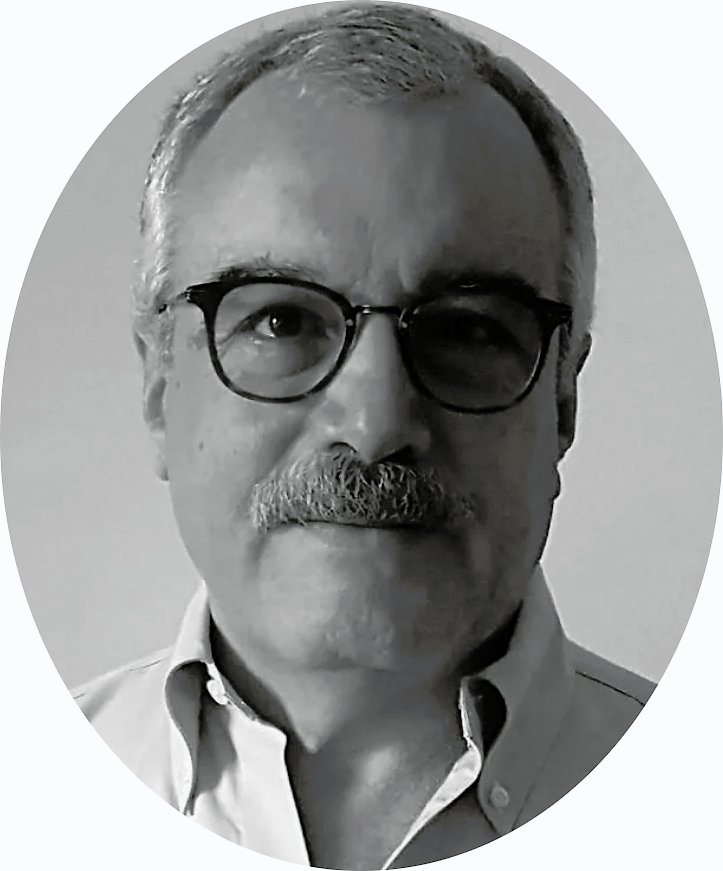
Cesar Sasson
Magíster en Curaduría de Arte
coleccionsasson@gmail.com
@coleccionsasson
Ciudad de Panamá – Panamá
Octubre 2025


